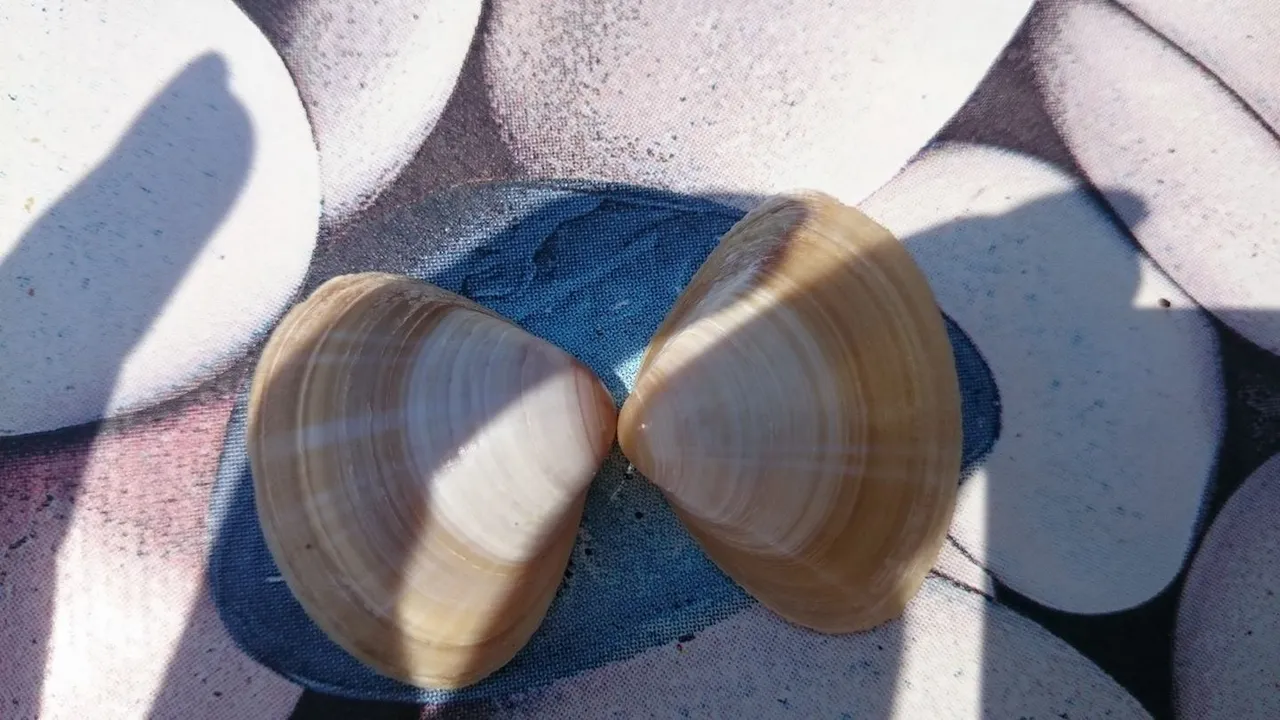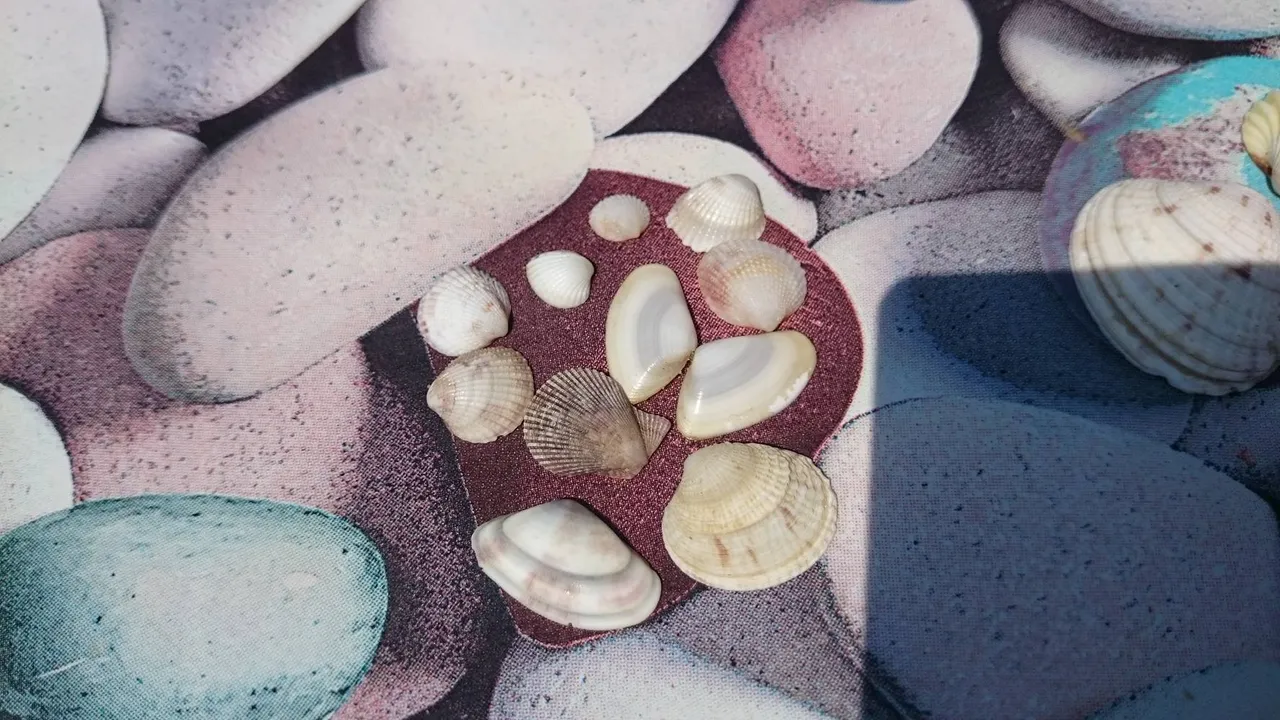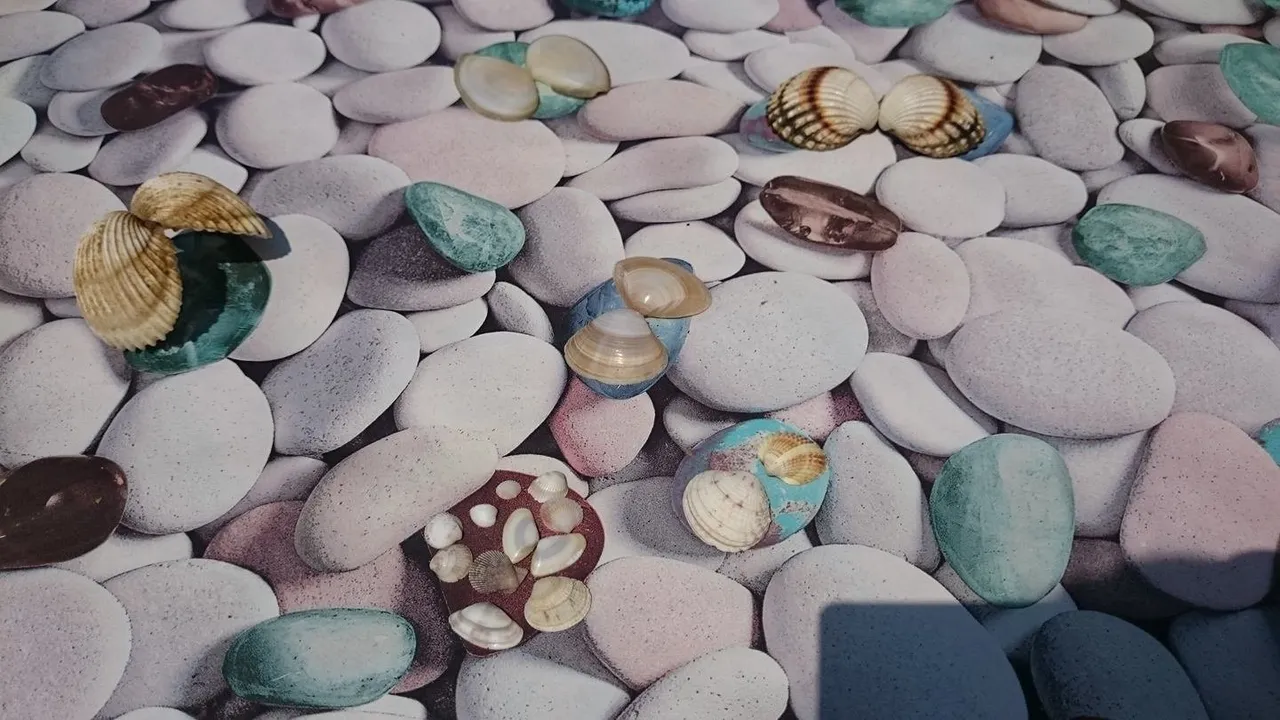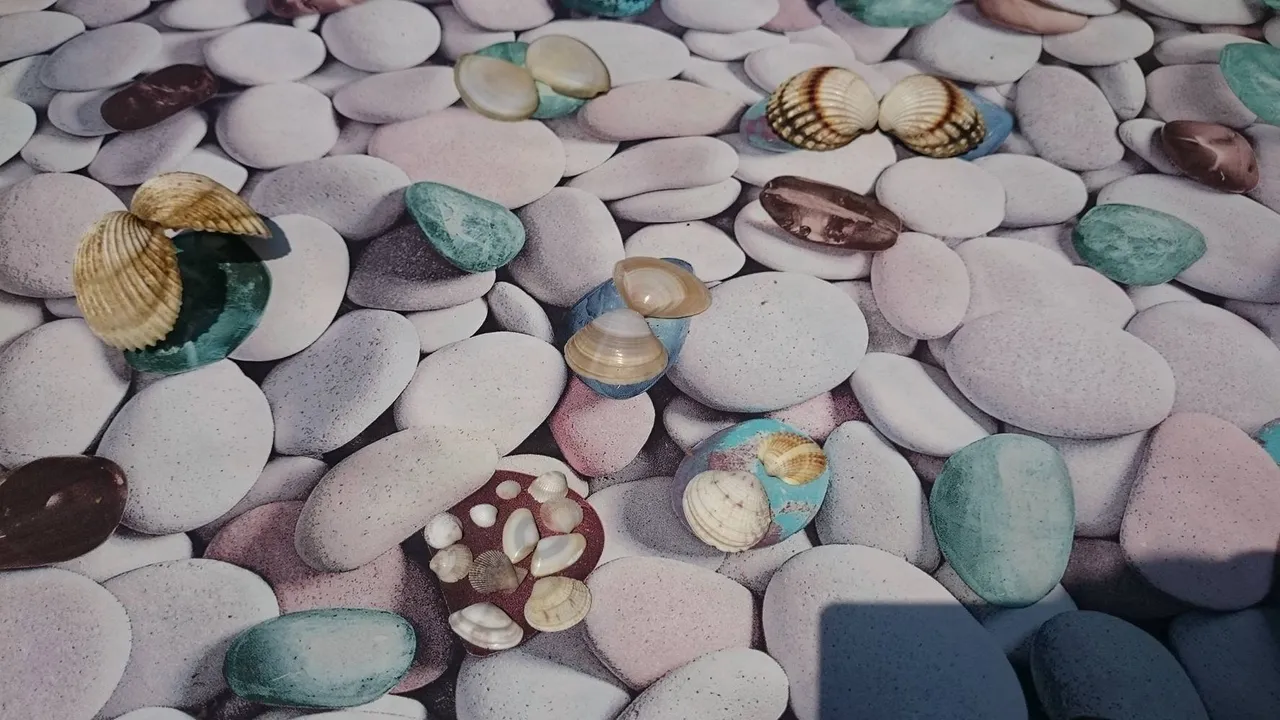
Yesterday in the sea I found quite a few shells, so they can pick up and admire their beauty.
The Adriatic Sea is a bit remote from the global sea currents, it is a kind of Mediterranean Sea bay, the only one that falls between the two continents. At the time of glaciation, the sea level was lower, so the northern coast of the Adriatic Sea was somewhere between today's Zadar and Ancona. The northern part of the Adriatic Sea, including the Gulf of Trieste and the Slovenian part of the Adriatic Sea, has the highest tide along the Adriatic coast. Due to inflows of fresh water, it is consequently less salty than the middle and southern parts of the Mediterranean Sea.
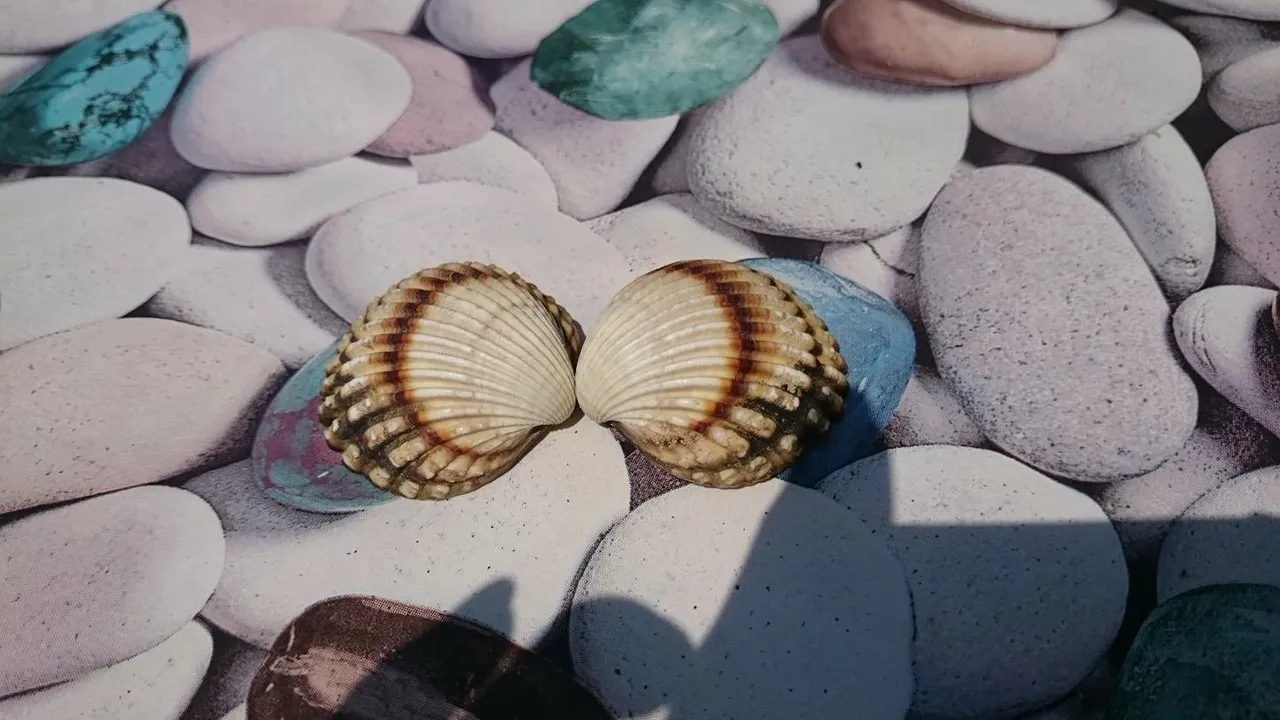
The shells called Acanthocardia tuberculata (Carduim tuberculatum is the older name of this species) are very lively and eating.
The length of the shell is 30 to 90 mm, usually a circle of 50 mm.
Most of the life is buried in a soft bottom, at a depth of 5 to 15 meters, buried just below the surface of the sand, in the shallow plain it is often detected by the waves, but with a moving orange foot it is again very quickly buried back into the sand.
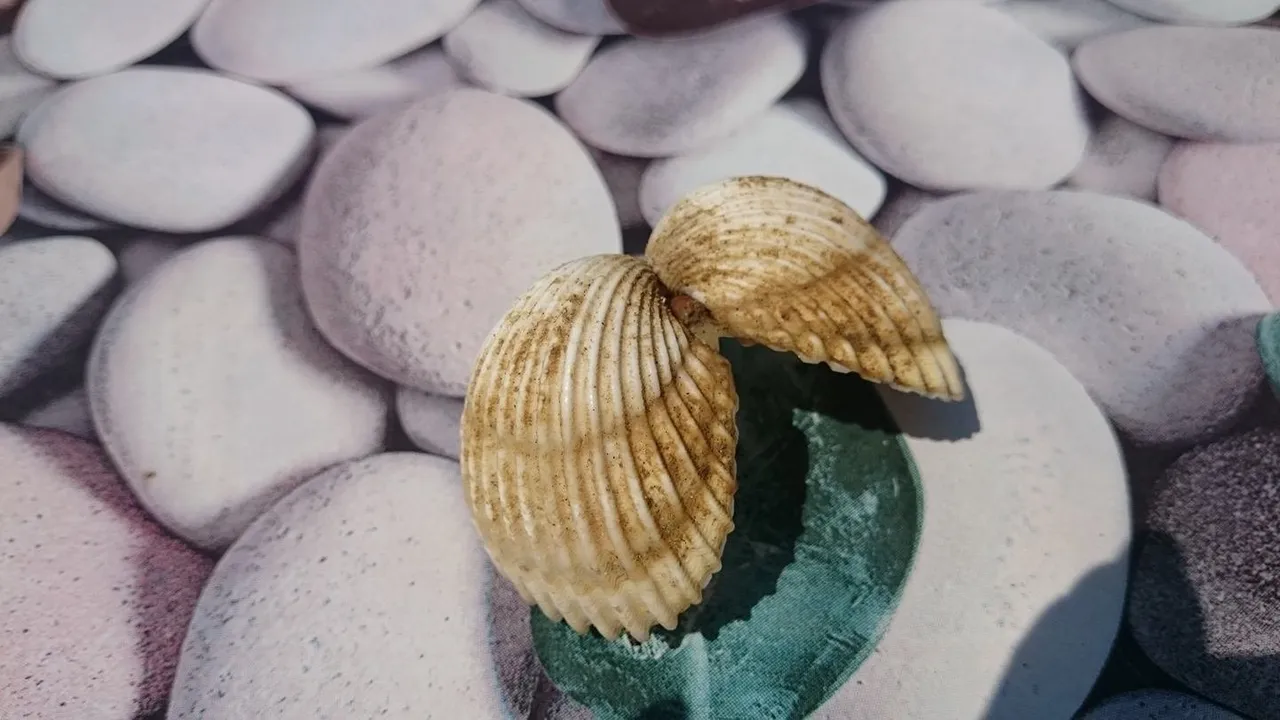
Shells called Ladinke (Venus verrucosa) are medium-sized, round or oval bivalve shells, are fed with organic floating particles and are also buried in the sand.
In the Adriatic Sea, these shells are best known - warty ladies.
